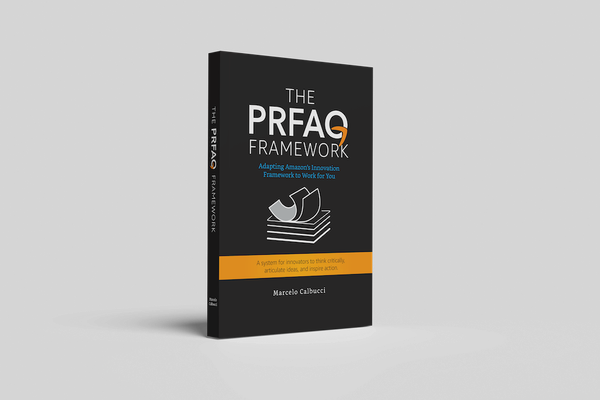What is Evidence-Based Management and how can I leverage it in Scrum Projects

Evidence-Based Management (EMB) “is an empirical approach that helps organizations to continuously improve customer outcomes, organizational capabilities, and business results under conditions of uncertainty“, according to the EBM Guide, a framework for delivering value through strategic goals through intentional experimentation and evidence (measures) in order to improve organizational performance over time.
Goals
Through a series of organizational-led experiments, teams validate their hypotheses to progress from tactical to strategic goals:
- Strategic Goal. The end outcome for organizations to aspire to using empiricism. The path to realizing this is intentionally uncertain and ambiguous but is articulated through the next element, intermediate goals. An example would be to create a self-driving car with 100% no human intervention required on streets as well as freeways.
- Intermediate Goals. A series of achievements validating the organization’s path to its Strategic Goals, through less abstract means. An example would be to release a beta of the full self-driving software to the cars over a period of time and successfully attain no intervention by drivers for 100% of the period.
- Immediate Tactical Goals. A level below intermediate goals, these set of milestones are near-term yet critical and tangible which teams accomplish in order to ascertain intermediate goals. An example would be to release a beta of the full self-driving software to the cars over a period of time just on Californian streets and successfully attain no intervention by drivers for 100% of the period.
The results of the conducted experiments determine the path of advancement and progression to next goal tier.

Four Key Values Areas (KVAs)
The framework comprises of four perspectives, known as Key Value Areas (KVAs) which introspects the organization’s:
- Unrealized Value (goals);
- Current Value (current State relative to goals);
- Time-to-Market (responsiveness to deliver value); and
- Ability-to-Innovate (effectiveness to deliver value).

These four areas assist organizations in better understand the current and future desired states. According to the EMB guide, the four perspectives in greater detail are:
- Current Value (CV). This represents the value of the product today, what value customers realize at the present time, evaluating how happy the customers are, your stakeholders, and so forth.
- Unrealized Value (UV). The potential future value that could be realized. This would occur if the organization meets the needs of all potential (future) customers, understanding the current gap between current and unrealized to further increase the value of the product over time. What can be improved to increase value in a market, what is the cost and ROI of doing so.
- Time-to-Market (T2M). The organization’s ability to quickly deliver new capabilities, services, or products, reducing the time it takes to deliver the actual value and sustain that delivery capability.
- Ability-to-Innovate (A2I). Effectiveness of an organization to deliver new capabilities that might better meet customer needs. In other words, the capability to understand the needs of the customer and deliver value through continuous improvement.
For more information on EBM, visit the official scrum.org site at: https://www.scrum.org/resources/blog/professionalism-leadership-and-ebm





